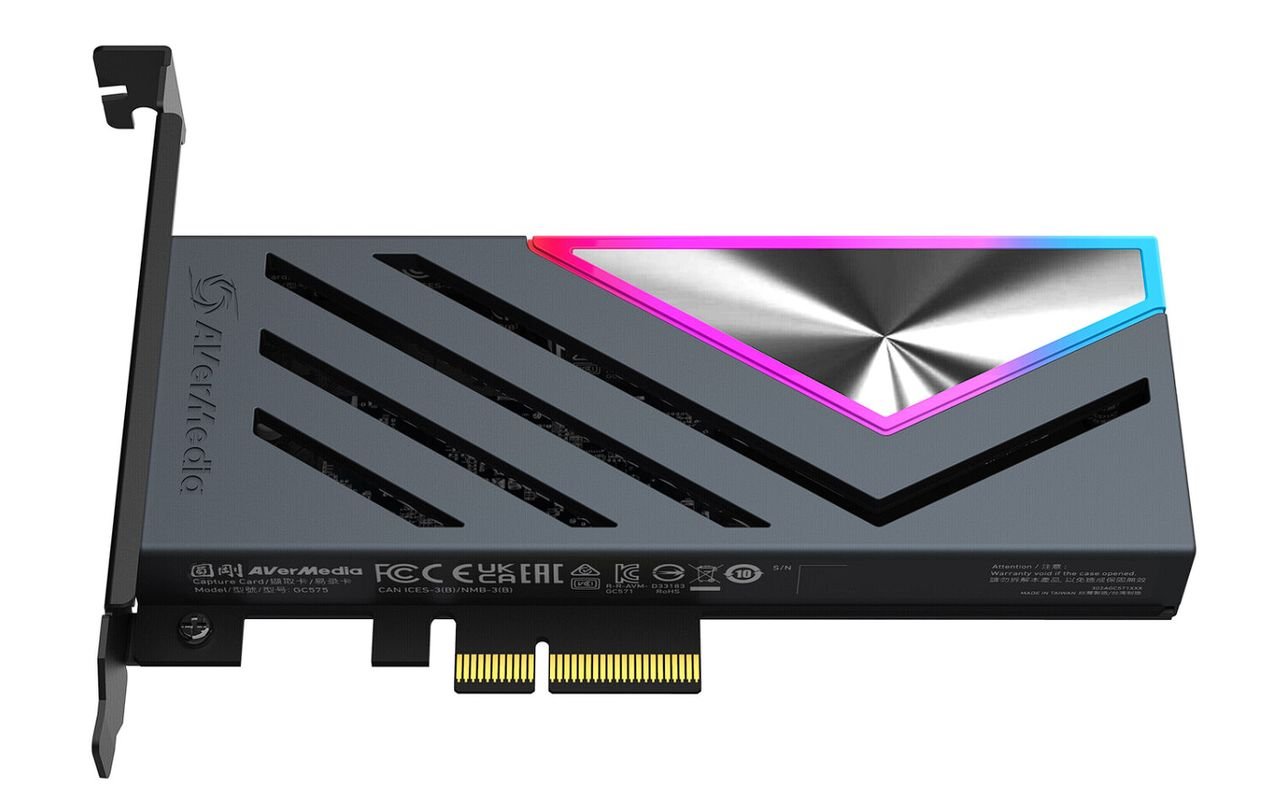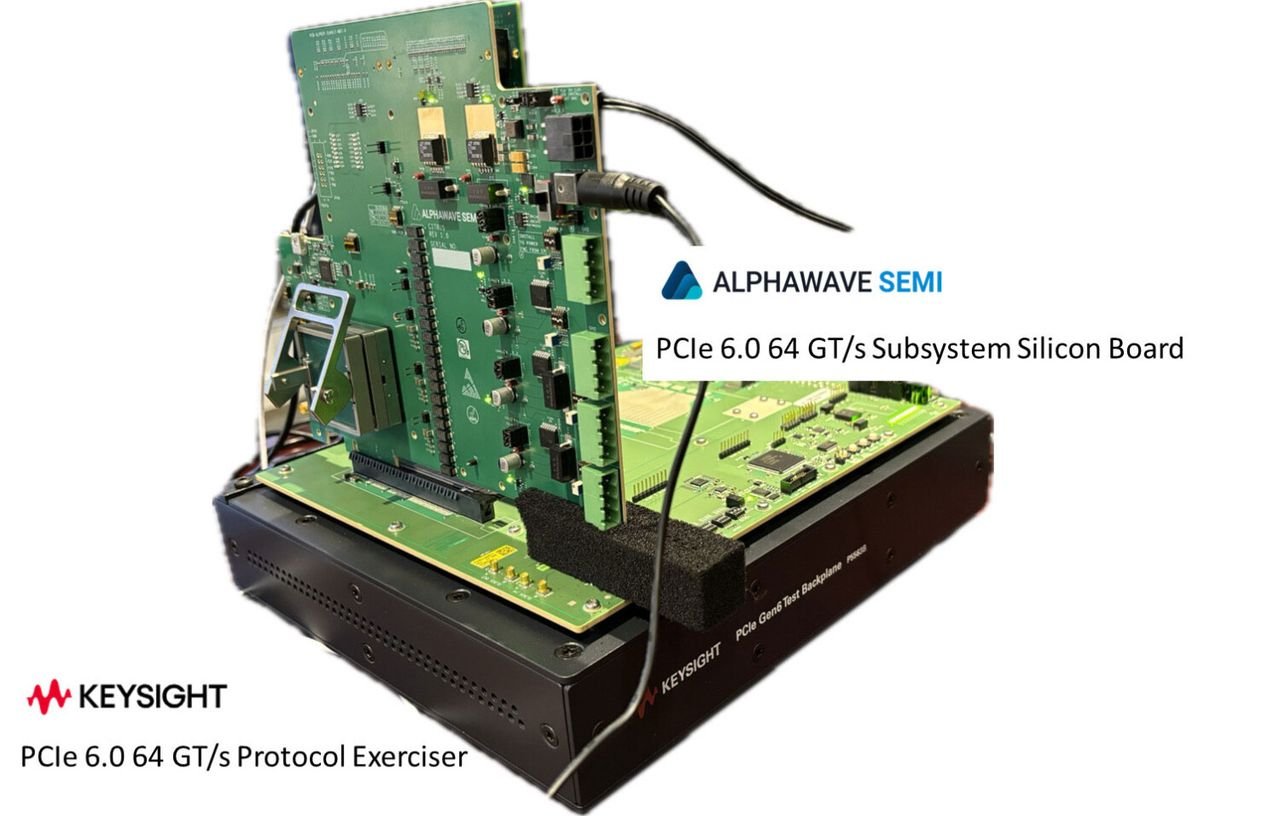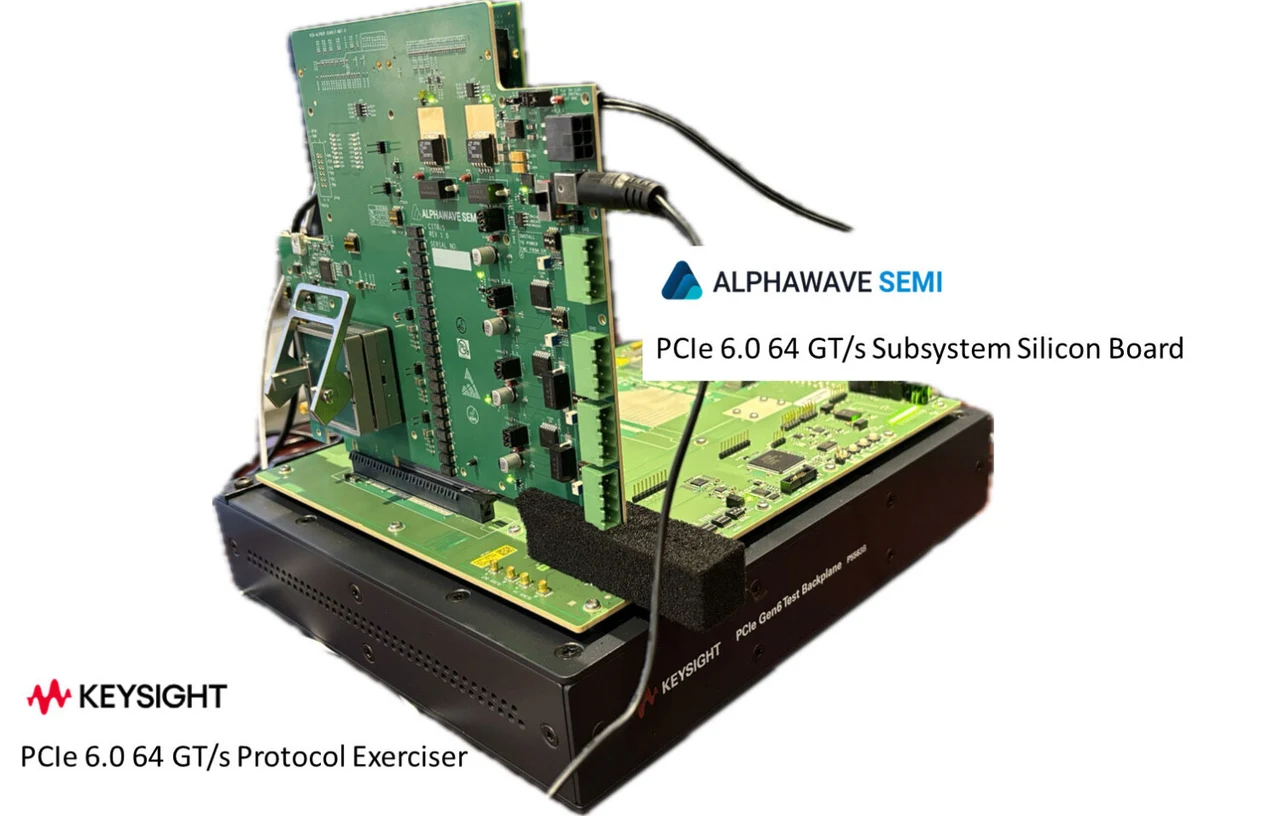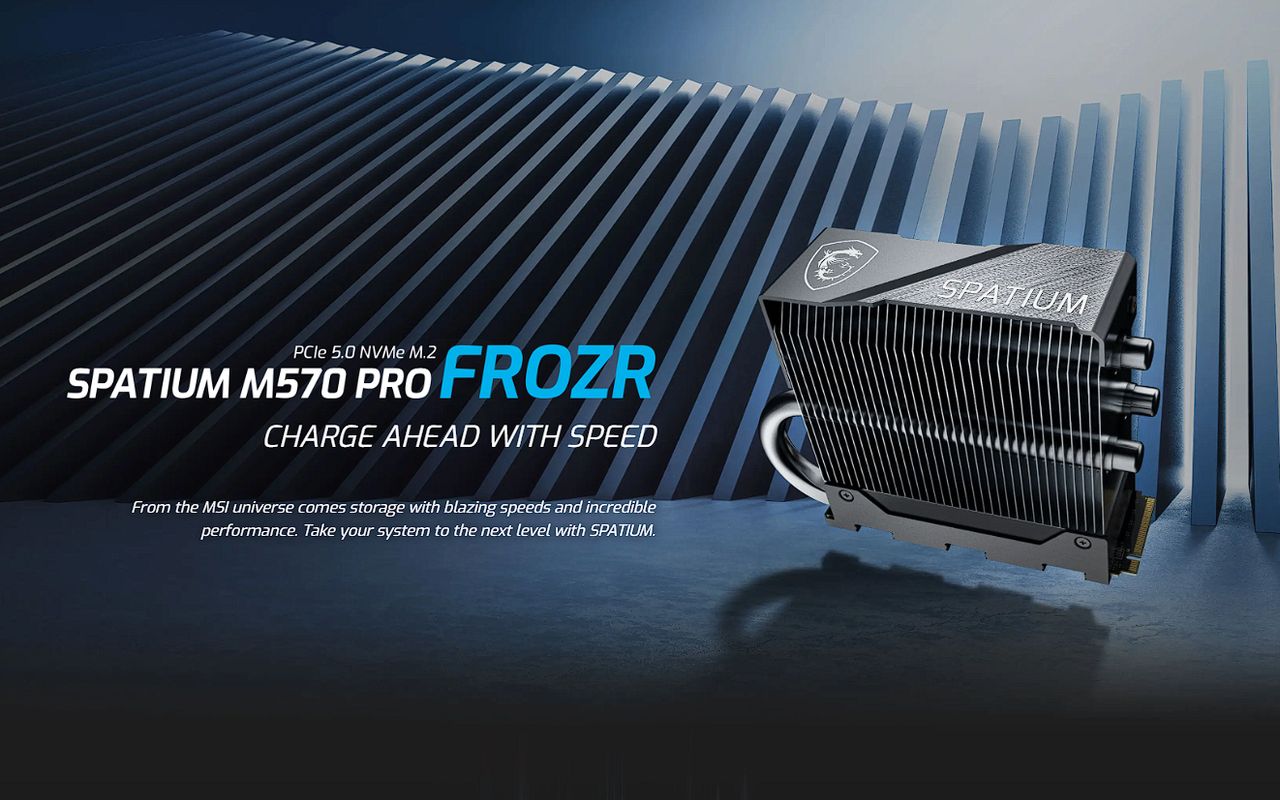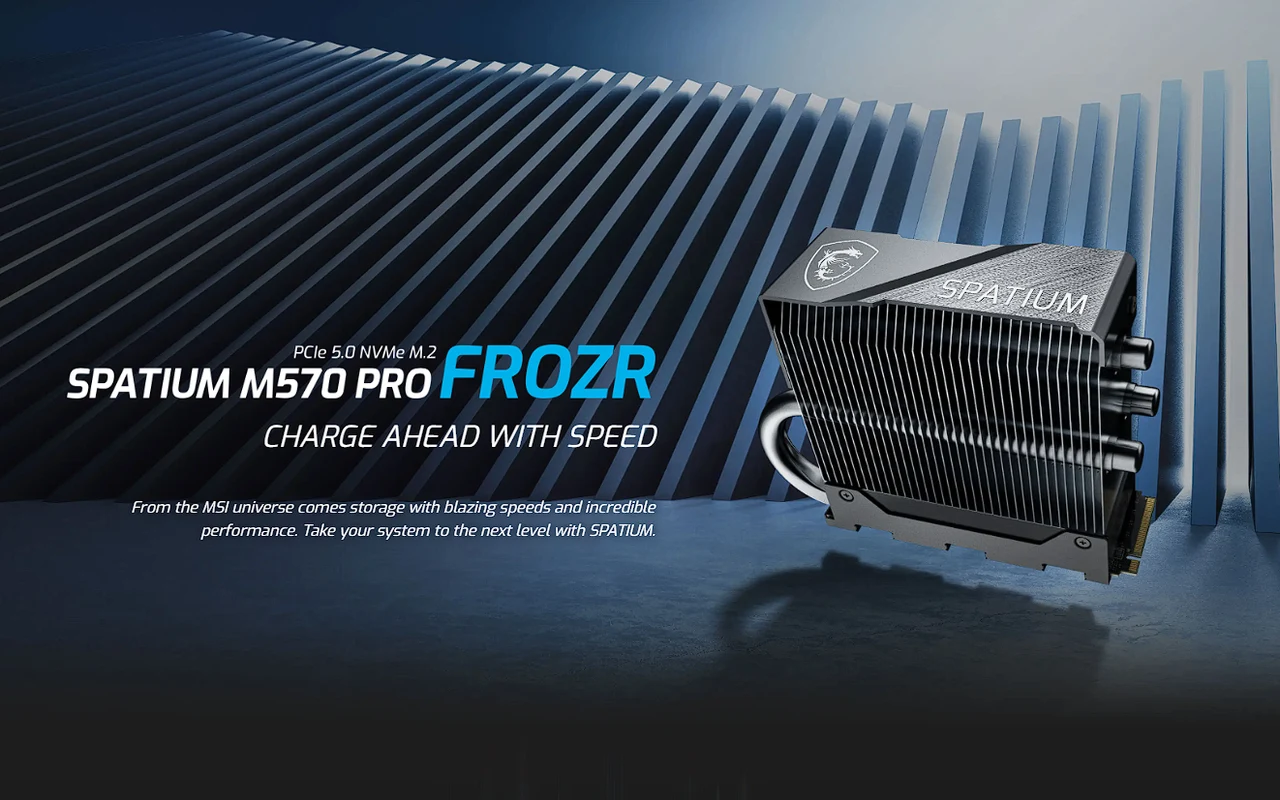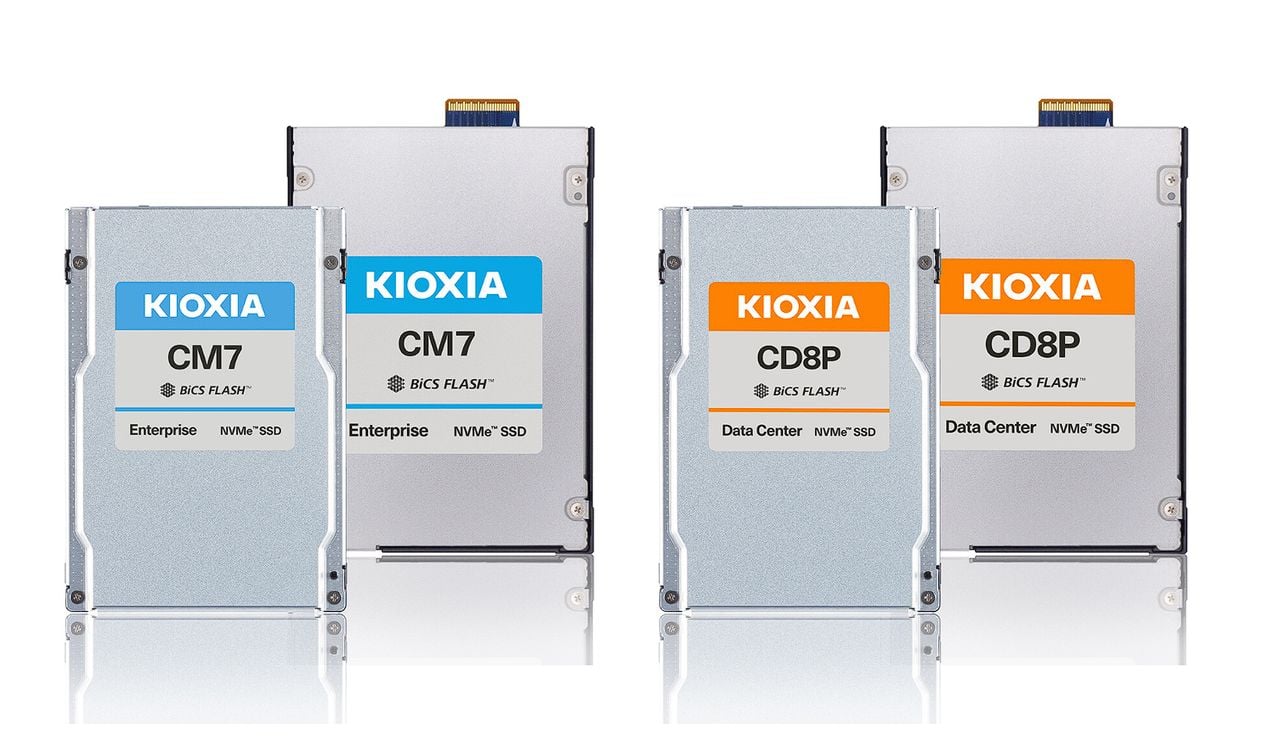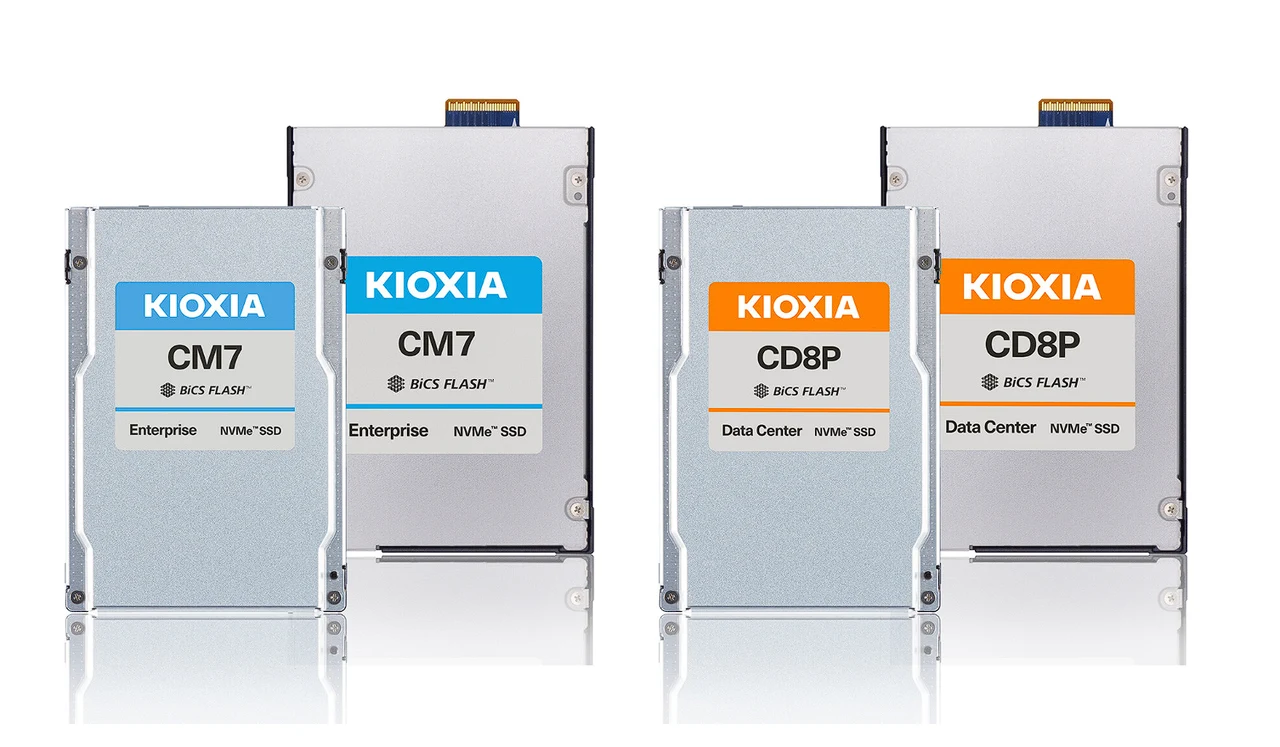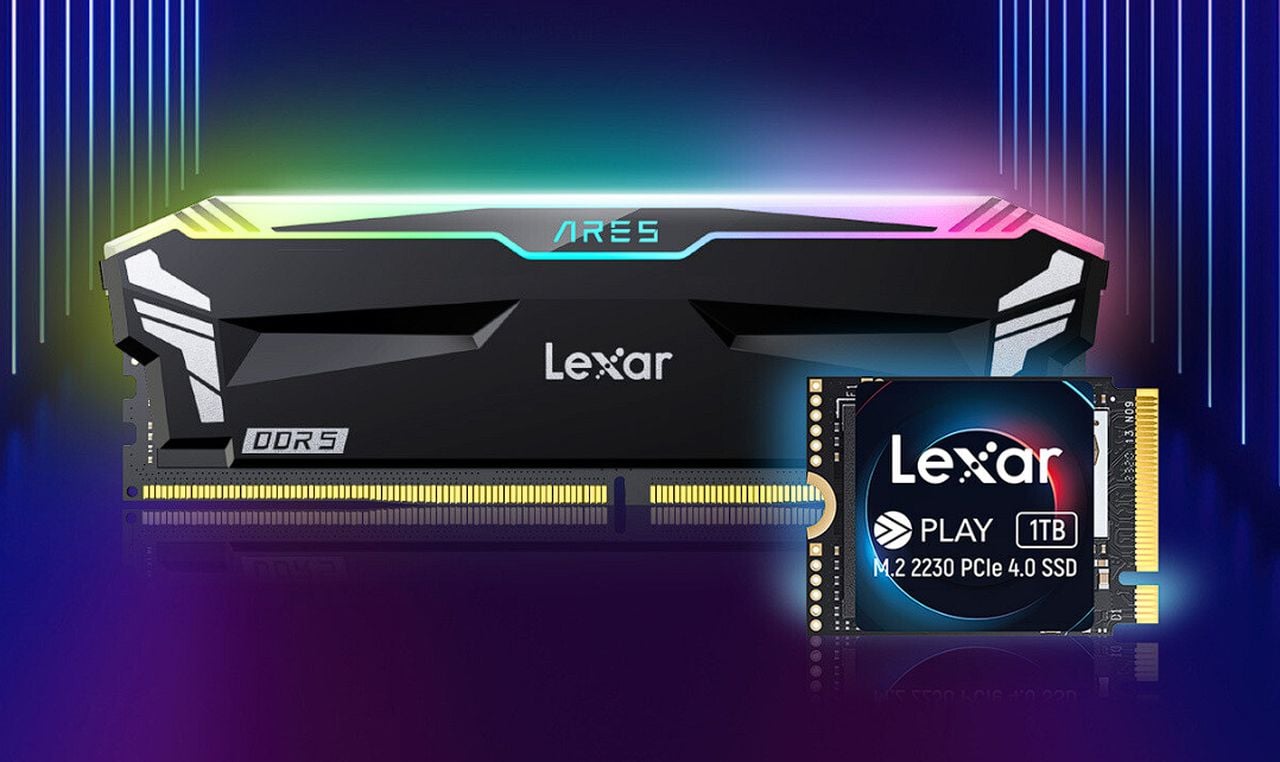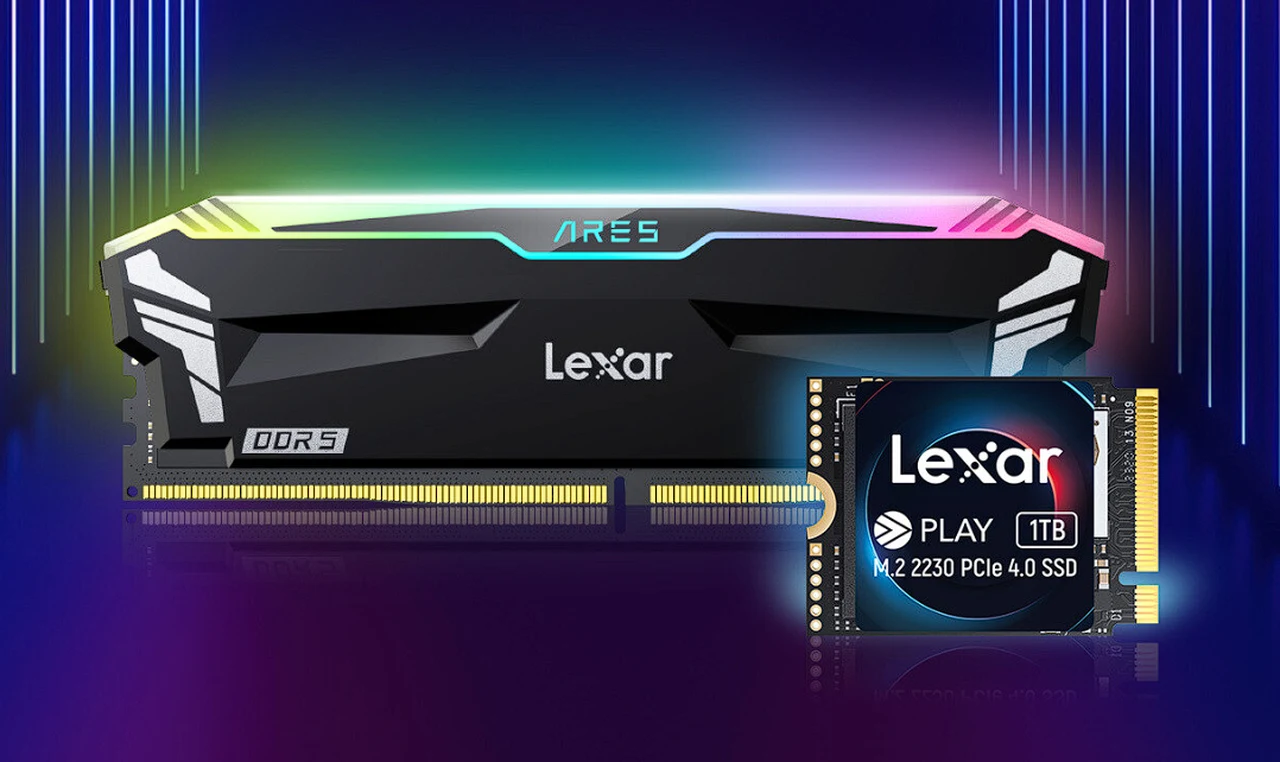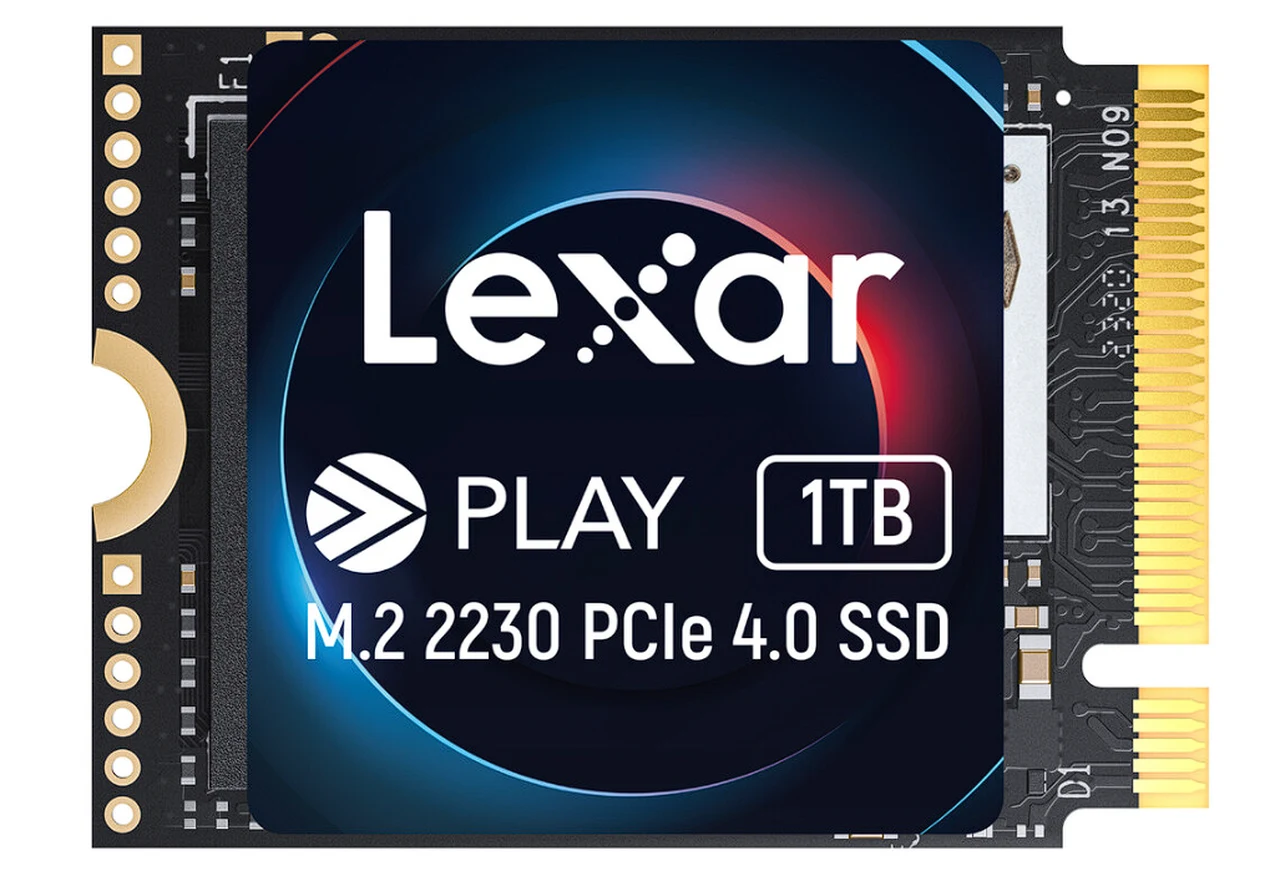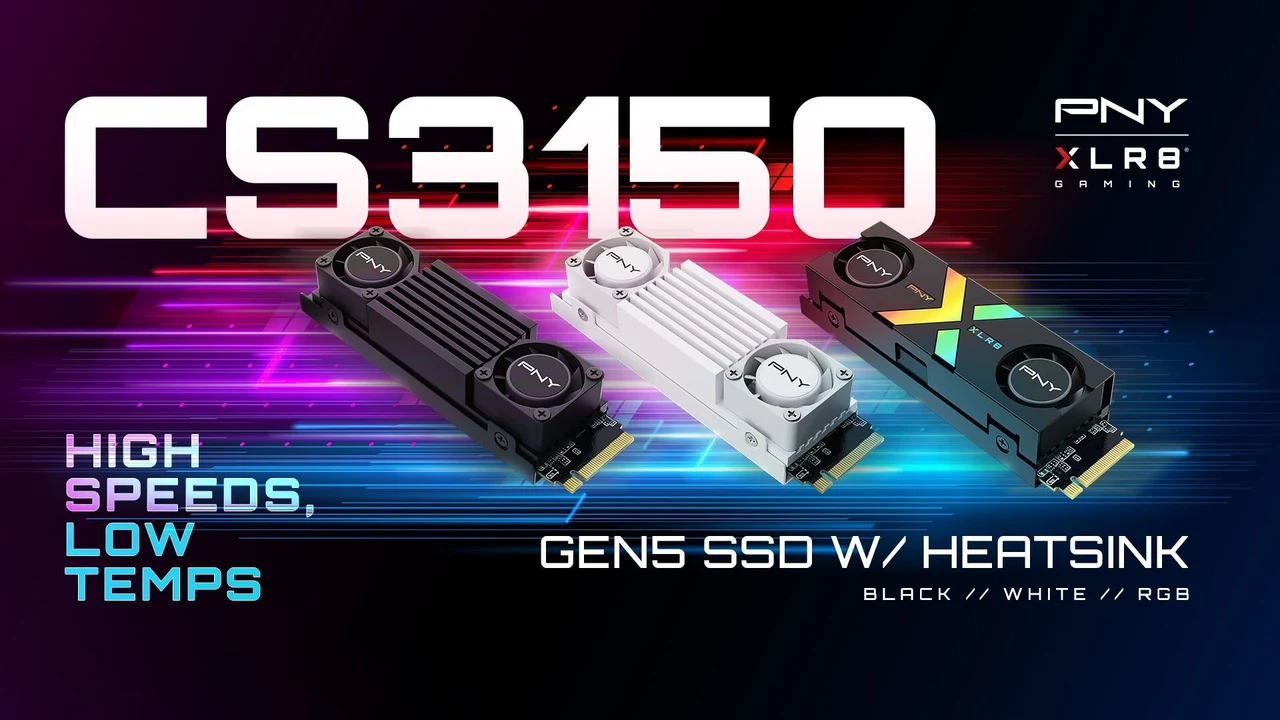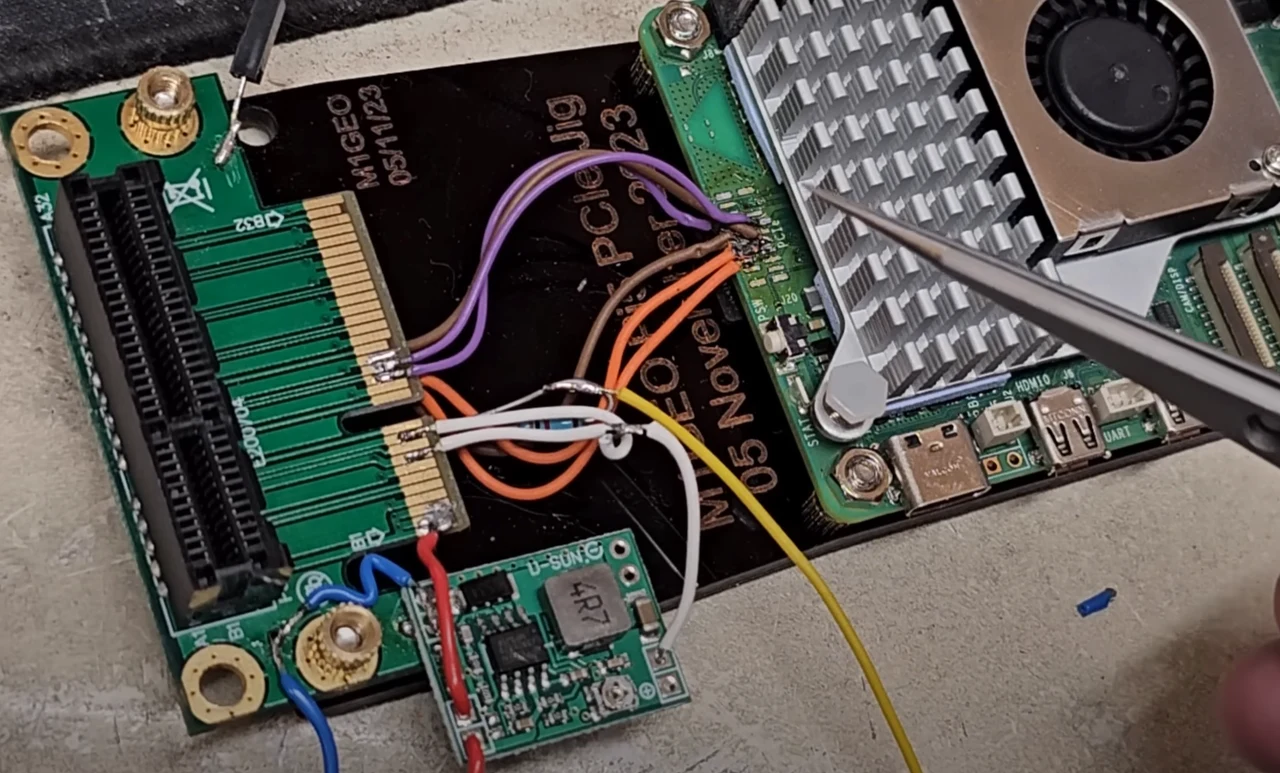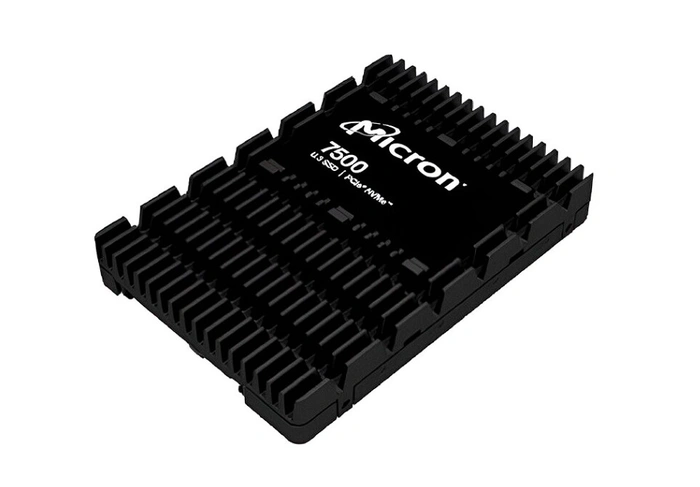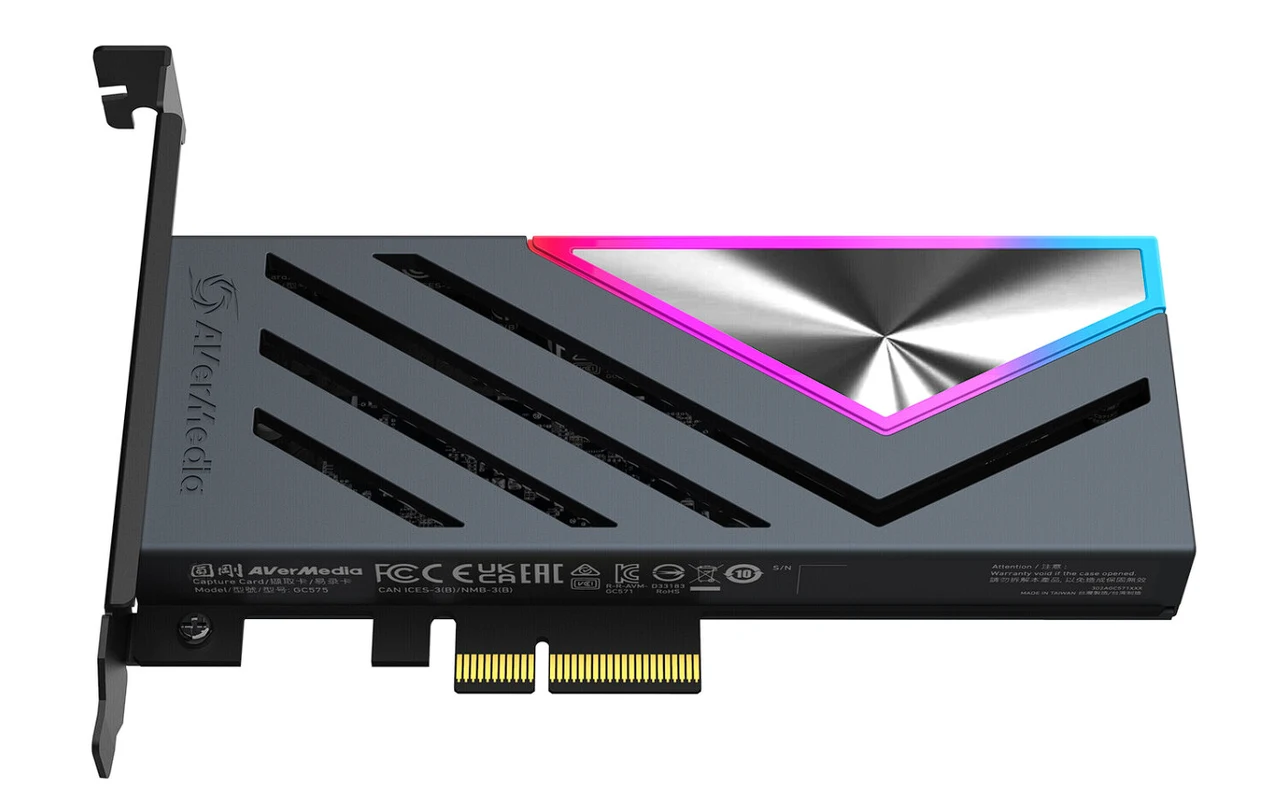
In the dynamic world of live streaming and content creation, AVerMedia Technologies has stepped up its game by unveiling two new PCIe capture cards that promise to take your streaming experience to the next level. The HDMI 2.1 Live Gamer 4K 2.1 (GC575) and the Live Streamer ULTRA HD (GC571) are the latest additions to AVerMedia’s lineup, designed to cater to the diverse needs of content creators, from the tech-savvy to those just starting out.
Live streaming capture cards
- Live Gamer 4K 2.1: Available now at a suggested retail price of US $269.99.
- Live Streamer ULTRA HD: Available now at a suggested retail price of $179.99.
2.1 Live Gamer 4K 2.1 (GC575)
The Live Gamer 4K 2.1, with a price tag of $269.99, is a top-of-the-line option for those looking to produce the highest quality content. It boasts a 4K144 pass-through with HDR and VRR, ensuring that your gameplay is displayed in the most vivid and fluid manner possible. Additionally, it captures video at 60 frames per second in 4K, making it an ideal choice for creators who aim to deliver ultra-high-definition content to their audience.
Specifications
- Interface: PCIe Gen 3 x4
- Video Input: HDMI 2.1
- Video Output (Pass-Through): HDMI 2.1
- Max Pass-Through Resolutions: 2160p144 HDR/VRR, 3440x1440p 120 HDR/VRR, 1440p240 HDR/VRR, 1080p360 HDR/VRR
- Max Capture Resolution: 2160p60
- Video Format: YUY2, NV12, RGB24, P010(HDR)
- Dimensions: (W x D x H): 121 x 160.5 x 21.5 mm (4.76 x 6.32 x 0.85 in)
- Weight: 150.5 g (5.31 oz)
- System Requirements
- Windows 10 x64 / 11 x64 or later
- Desktop: Intel Core i5-6XXX / AMD Ryzen 3 XXX or above + NVIDIA GTX 1060 / AMD RX 5700 or above
- 8 GB RAM recommended (Dual-channel)
- Make sure that both your display and console (PS5, PS4 Pro, Xbox Series X/S, Xbox One X) support HDMI 2.1 connections.
- If your monitor supports built-in DSC (Display Stream Compression), be aware that the maximum supported video pass-through might be 4K120.
Live Streamer ULTRA HD (GC571)
For those who are mindful of their budget but still want to produce high-quality streams, the Live Streamer ULTRA HD is an attractive alternative. Priced at $179.99, it offers 4K streaming and capturing capabilities, providing your viewers with crisp, high-resolution visuals. Its ease of use and compact size make it a great fit for newcomers to streaming or those with space constraints.
Both capture cards are designed to integrate smoothly with AVerMedia’s RECentral software, which simplifies the process of streaming to multiple platforms simultaneously. This means you can share your content with a wider audience across various channels with minimal hassle. The software’s intuitive interface also helps you focus more on creating engaging content rather than getting bogged down by technical details.
AVerMedia’s commitment to enhancing the streaming experience is evident in these new offerings. The Live Gamer 4K 2.1 and the Live Streamer ULTRA HD are packed with features that address the needs of streamers at different levels of expertise and financial considerations. With the ability to capture 4K60 video and support for 4K144 pass-through with HDR/VRR, these capture cards are set to improve the quality of your live streams significantly. Whether you’re a seasoned content creator or just starting, AVerMedia provides the tools you need to produce top-notch content and grow your audience.
Filed Under: Gaming News, Top News
Latest timeswonderful Deals
Disclosure: Some of our articles include affiliate links. If you buy something through one of these links, timeswonderful may earn an affiliate commission. Learn about our Disclosure Policy.

